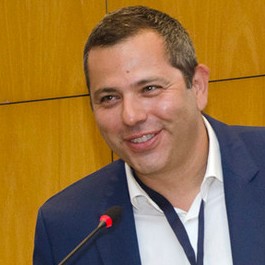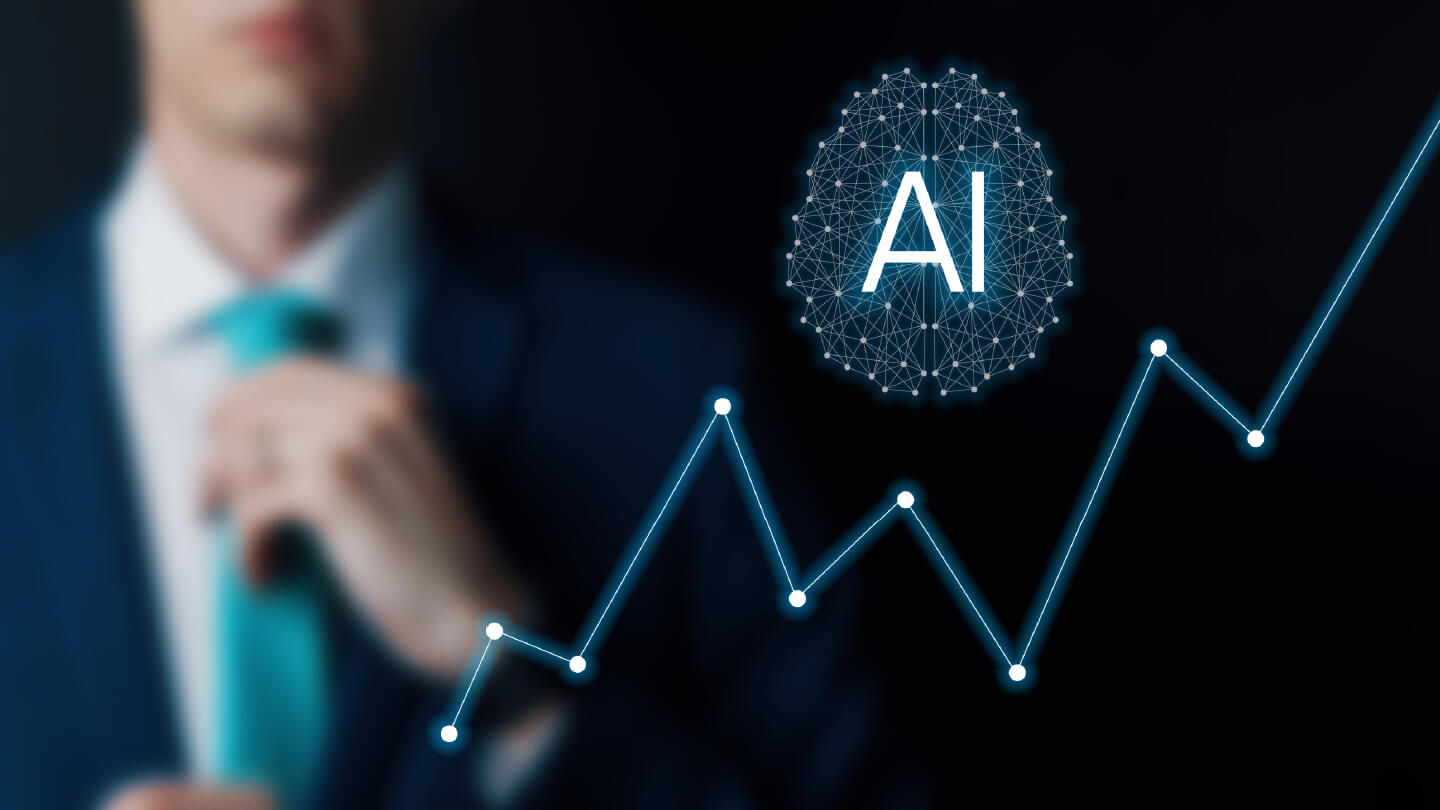
Sotiris Bersimis
Artificial Intelligence (AI) represents an evolving technology that has reshaped the way many industries operate.
AI refers to the simulation of human intelligence by machines that are programmed to learn and make decisions like humans. AI systems can process massive amounts of data, learn from it, and make informed decisions in real time. In the heart of AI, one will find the methods, techniques and algorithms of the field of Statistical Machine Learning (SML).
SML is a toolbox of methods, techniques and algorithms that are installed in machines to “learn” from data. Specifically, SML focuses on the development of algorithms and models that can make predictions or predict the behavior of systems through the use of data. The SML, for its part, is based on methods of the science of Statistics. The learning process in SML simulates the way humans learn. Just as a person learns from observation and experiences, so does SML data in order to develop models and make predictions. Just as humans recognize patterns in data and draw conclusions, SML looks for patterns and correlations between data. The same way humans constantly learn from new data and adapt their knowledge, SML corrects and improves its models by adding new data. Humans can apply their knowledge to new problems they face. Equally, SML can be applied to new data or new problems to obtain or predict results. In conclusion, SML develops models that explain inferences from data, in a way that resembles the way humans learn.
In the area of HR
AI is gradually introducing a series of innovative applications that contribute, among others, to the improvement of the recruitment process, people management and employee development. Today, AI is gradually redefining the way it operates and processes in the field of human resources, and in particular the processes related to people management and employee development.
In relation to recruitment and candidate selection, AI can automatically read, analyze and rank thousands of resumes (as well as candidate characteristics on social networks), supporting HR managers in identifying the most suitable candidates for a position. In addition, the use of advanced AI systems that analyze real-time images and sound and can facilitate the interview process by providing initial assessments of candidates.
However, the use of advanced AI systems that make use of Genetic AI (Gen AI) can automate traditional tasks associated with the recruitment process, such as answering candidate questions, sending personal emails, etc.
In the context of selection, the concept of suitable candidate is a broad one. AI, for example, can, through the analysis of past data, classify candidates into categories according to the probability that they will remain for a long period of time in the organization. Long stay in the organization means minimizing the initial cost of onboarding and training the new executives of the organization.
In conclusion, AI significantly reduces both the time and the cost of the selection process while at the same time optimizing the selection of the most suitable candidates (suitable profile for the position).
In summary, AI in recruitment can mean
- Instant, automated collection of candidate data from multiple sources.
- Formation of an in-depth initial image of the candidates (profiling) by analyzing an extensive group of parameters of their CV, as well as image and audio data from the interview of the candidates.
- Identifying candidate characteristics that compare to the highest performing employees in the organization.
- Ensuring equal opportunities for all candidates as the assessment is data driven.
- Automation of the communication process with candidates.
In relation to people management
AI can analyze employee performance based on their data, providing personalized assessments and further improvements.
At the same time, predictive AI algorithms can predict the probability of an employee leaving the organization and recommend actions to retain him, if this is to the benefit of the business/organization. In addition, AI can provide forecasts of needs for organizations to formulate their strategic plans.
In summary, AI enables the people management process in
- Automated staff assessment.
- Predicting departures, which allows HR people to take proactive actions.
- Forecasting human resource needs, enabling organizations to formulate strategic and long-term staff development plans
In relation to employee development
AI can effectively identify training needs and offer tailored training programs, aiding in the continuous professional development of employees.
In addition, AI can propose personalized training programs for executives to learn, not only new skills, but also skills required in their position and in their daily operation. Also, AI can offer advice and guidance for personal development and career advancement of an individual through specialized recommendation systems.
In summary, AI during the employee development process enables can help with
- Identification of training needs and proposal of customized training seminars
- Suggesting personalized training programs for learning skills
- Advices and instructions for personal and professional development
By automating HR processes with AI, industry executives can significantly reduce their workload and improve their performance and efficiency, contributing to the growth and prosperity of businesses and organizations. Furthermore, with the extensive use of AI, an organization’s HR executives and field professionals can focus on high-value strategic tasks that support the organizations’ overall talent management, capability and employee development strategies.

